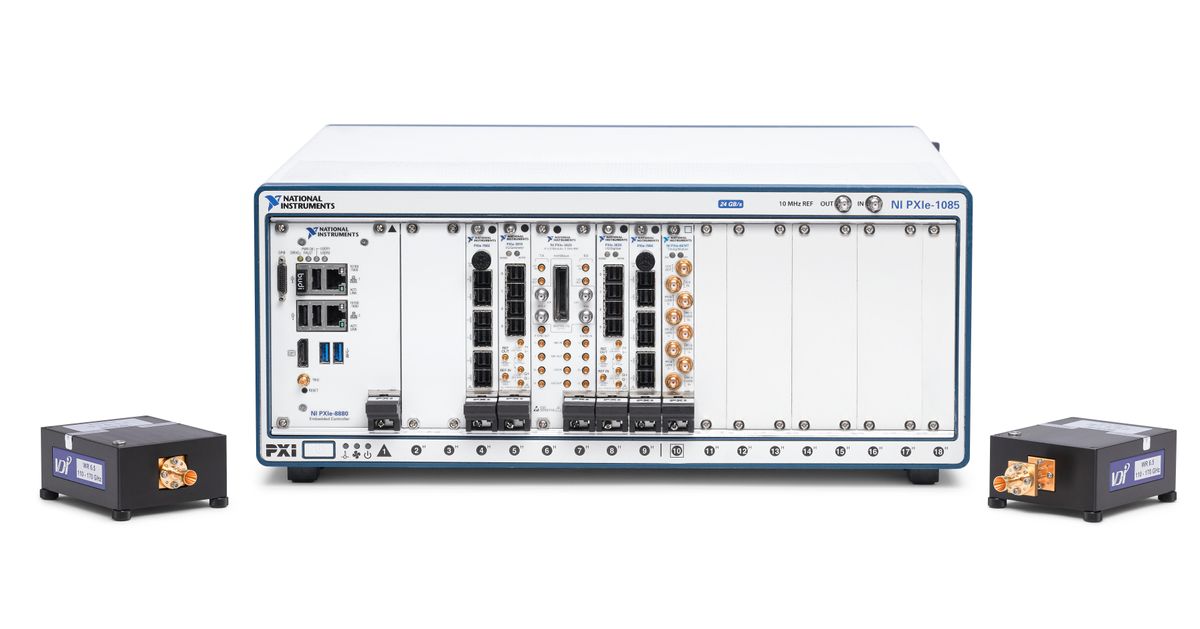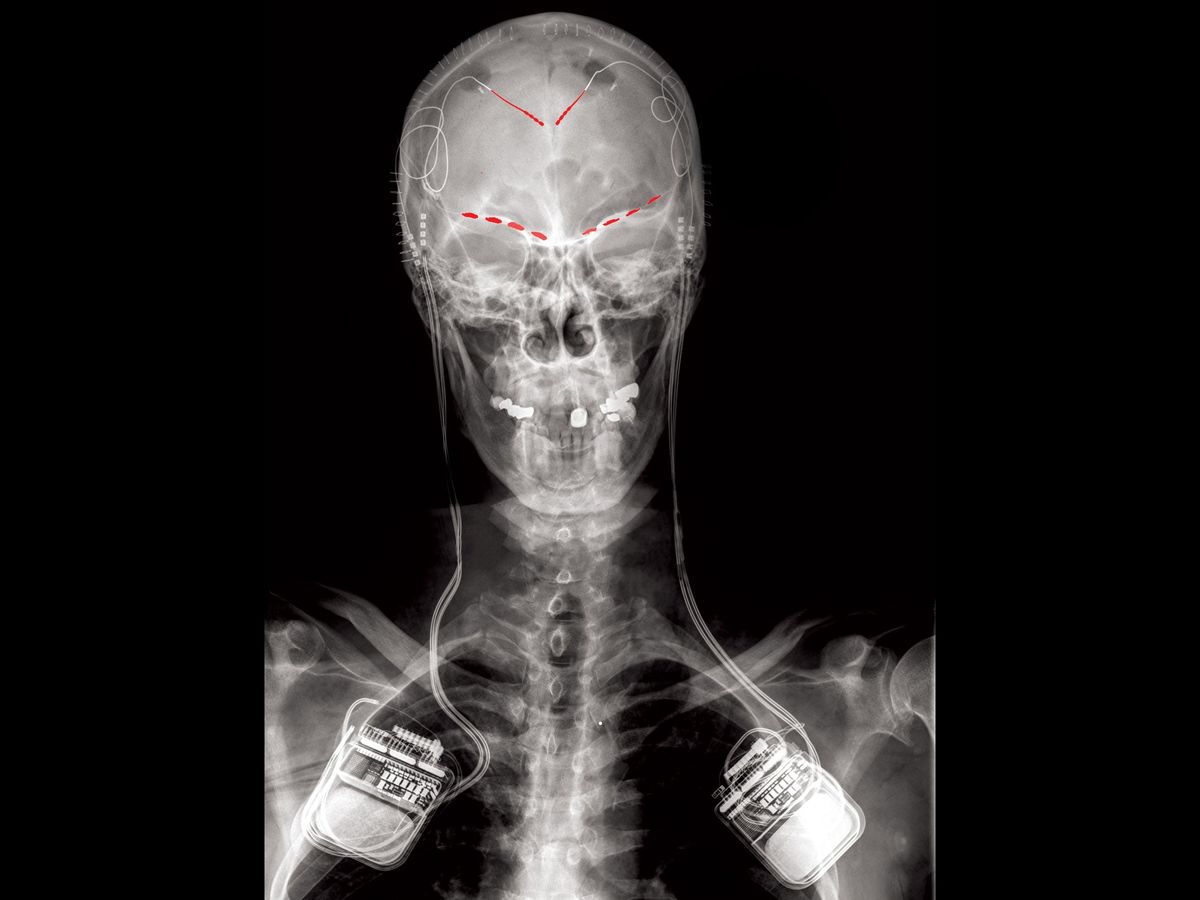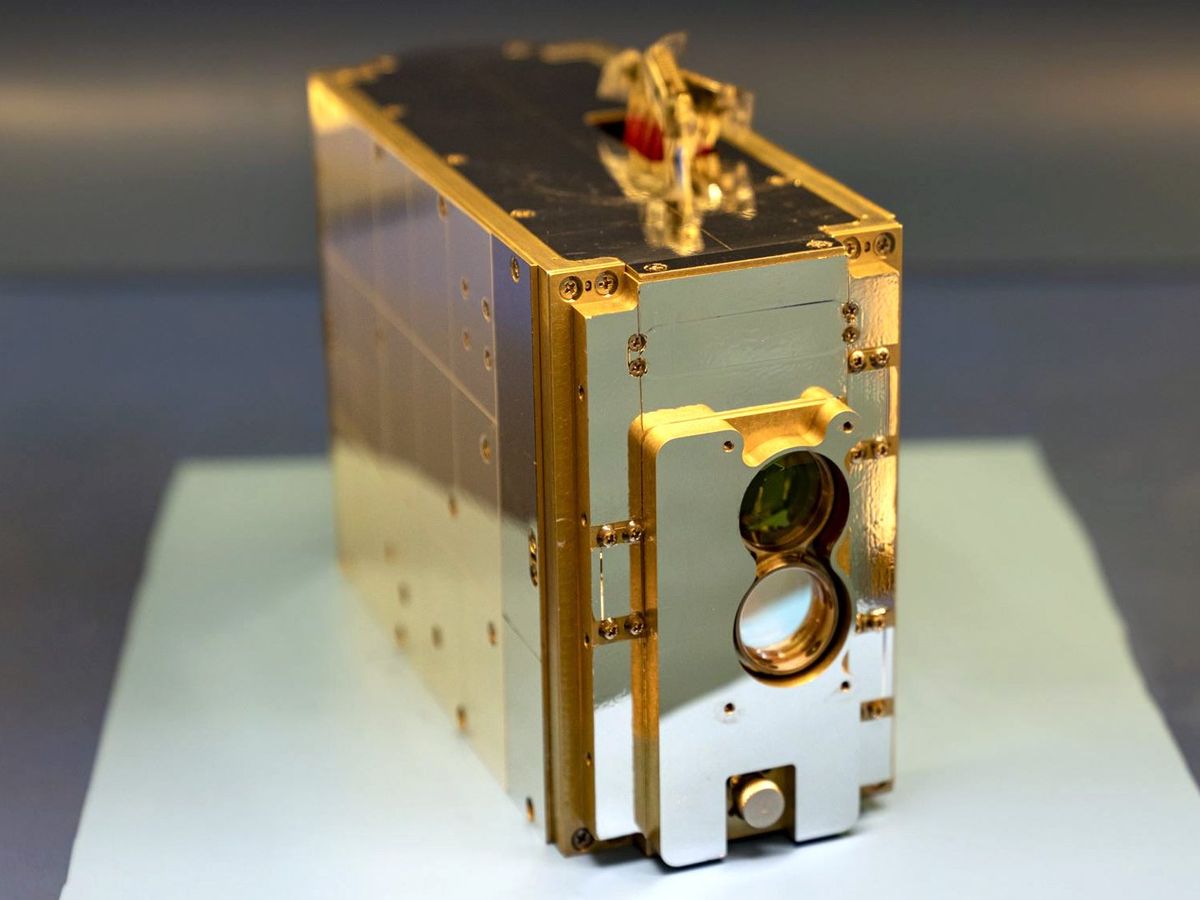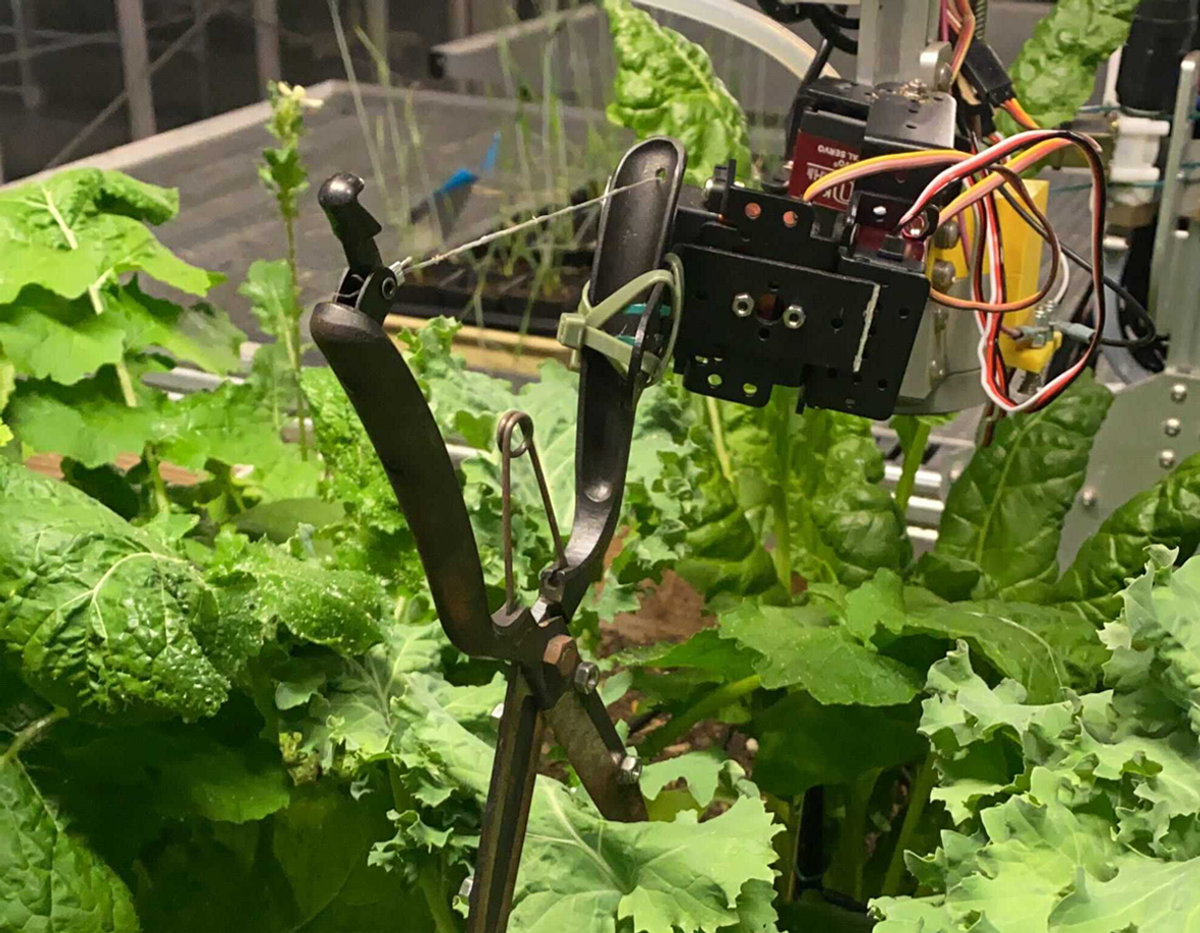This is a sponsored article brought to you by National Instruments (NI).
While 5G networks continue their rollout around the world, researchers and engineers are already looking ahead to a new generation of mobile networks, dubbed 6G. One of the key elements for 6G networks will be to move beyond the millimeter wave (mmWave) spectrum and up into the terahertz (THz) spectrum. The THz spectrum will certainly open up more bandwidth, but there are a number of technical challenges that will need to be addressed if mobile networks can ever exploit this spectrum.
“The higher carrier frequencies of THz communications in 6G networks yield even harder propagation conditions than mmWave transmission,” said Walter Nitzold, Principal Software Engineer and Group Manager at National Instruments. “These high attenuations can be overcome by antenna designs specifically tailored to yield respective antenna gains with pencil-like beams.”
It is in the design of these new kinds of antennas and network hardware where National Instruments (NI) is working hand-in-hand with researchers around the world who are trying to make 6G a reality.

Simplified block diagram of a bidirectional system capable of real-time two-way communications.
National Instruments
The challenges of moving to THz are not limited to the antennas. The design of RF ICs for THz frequencies brings additional obstacles as the wavelength falls in the range of the IC size, putting further constraints on the design methodology, according to Nitzold.
Nitzold also points out that with technologies like CMOS appearing as though they can only scale up to 140 GHz causes a problem in the linearity of components over bandwidths of multiple GHz and transmit output power (TX power). Further, the requirements on baseband processing and fast and precise beam management for pencil-like beams will become a challenging research area.
Developing Terahertz Testbeds
If research in addressing these issues is to succeed, a new generation of testbeds need to be set up with high-performance, real-time capability. Because THz testbeds will have range limitations due to path loss, initial testbeds will be limited to lab-based setups mostly consisting of simple short-range components such as horn antennas, according to Nitzold.
“Terahertz Communications have the potential to even replace fiber-optic cables with dedicated point-to-point transmission.”
—Walter Nitzold, Principal Software Engineer and Group Manager at National Instruments
However, as soon as larger deployments in testbeds become a reality, the high bandwidth use-cases will put additional requirements on throughput of the backend, especially when testbeds try to set up a disaggregated radio access network (RAN) structure with distributed THz nodes. These would need to be individually served with fiber connections.
“The cost of investments for THz testbeds will become even larger due to the groundbreaking technological changes, demanding for strong cooperation between many partners to stem this effort jointly,” noted Nitzold.
NI is looking ahead to addressing these testbed issues with its sub-THz and mmWave Transceiver System (MTS), which provides a flexible, high-performance platform to demonstrate real-world results for high-frequency research and prototyping.

System diagram of transmit and receive chains.
National Instruments
The modular system architecture can be configured to meet a variety of use cases, built on a common set of components. LabVIEW reference examples provide a starting point for channel sounding and physical layer IP experiments, while allowing the user to modify IP to perform research into new areas. A multi-FPGA processing architecture enables a truly real-time system with no offline processing needed and with 2 GHz of real-time bandwidth, enabling over-the-air (OTA) prototypes of two-way communications links.
“The strength of the NI approach lies in a flexible and scalable modular hardware and software platform,” said Nitzold. “This platform is suitable to adjust to different needs of a testbed, e.g., interface to new RF frontends as well as other components.”

Walter Nitzold, Principal Software Engineer and Group Manager at National Instruments.
National Instruments
Another benefit of NI’s approach is the incorporation of industry-standard functional splits, which allows for a distributed deployment in a testbed and flexible realization of different use-cases, according to Nitzold. “Additionally, NI focuses on real-time processing for communication links to showcase the theoretic gains in scenarios that are close to reality,” he added.
All of this will ultimately make it possible to access the THz spectrum and access greater bandwidth.
“The THz regime will allow for new opportunities and applications such as immersive virtual reality, mobile holograms, wireless cognition, and the possibility to sense the environment in an unprecedented accuracy with a possible combination of radar and communication,” said Nitzold.
“Terahertz Communications have the potential to even replace fiber-optic cables with dedicated point-to-point transmission. This will also allow new ways of intra-device communication.”
Dexter Johnson is a contributing editor at IEEE Spectrum, with a focus on nanotechnology.



